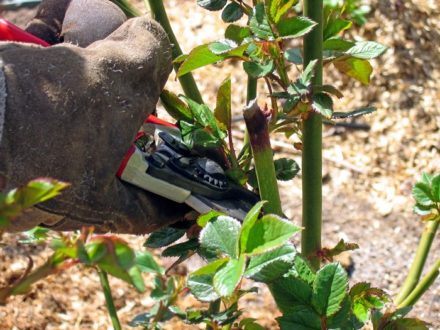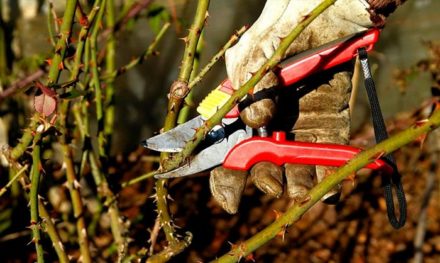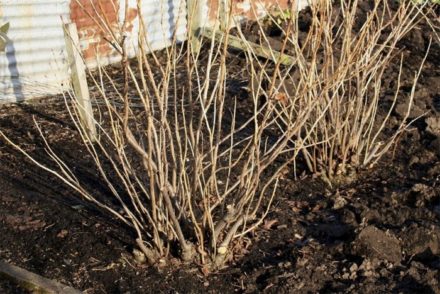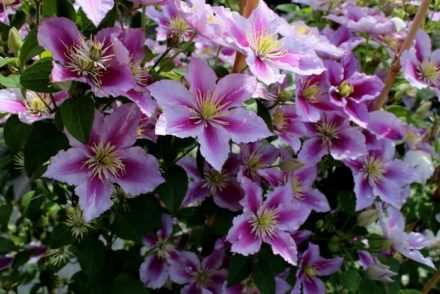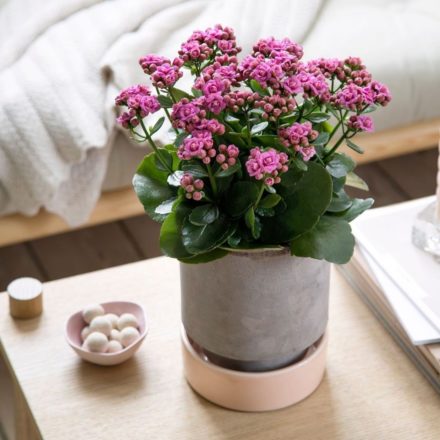Spring pruning of geraniums is necessary for two reasons. The procedure helps restore the decorative appearance of the plant and promotes lush flowering. However, flower growers do not always act correctly. The plant can be harmed by 4 main mistakes regarding pruning.
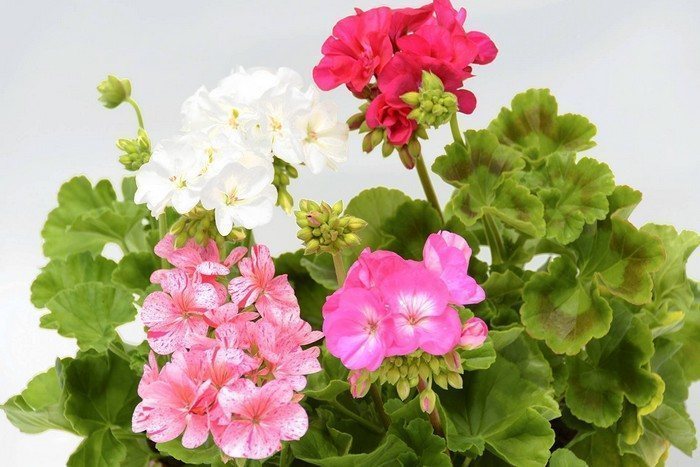
Violation of pruning deadlines
After winter, geranium does not look its best, especially if the plant spent the winter in a warm place. In the winter season, it is advisable to provide the flower with a period of rest by lowering the temperature to +12-15 °C and reducing watering to a minimum.
If this was not done, the plant continues to grow and, in conditions of lack of light, loses its leaves and becomes elongated. Before the onset of the active growing season, geraniums need to be pruned. This needs to be done in the first half of March, before the active movement of juices begins. If you miss time, the flower will undergo the procedure painfully and will be weakened.

Using a contaminated instrument
Pruning a flower is similar to a surgical operation in the sense that the preparation of the instrument must be approached responsibly. It is best to use a sharp knife with a thin blade for this purpose (a stationery knife is ideal).
The fabric must be treated with an antiseptic. The knife is wiped with a solution of chlorhexidine, hydrogen peroxide or alcohol. If you don’t have any of this at hand, you can heat the blade over a fire by turning on the gas stove.In this case, there will be confidence that the cuts will remain clean and the plant will not be harmed by a bacterial infection.

Wrong approach to bush formation
Dormant geranium buds are found in nodes that look like horizontal stripes on the stem. If the plant is not pruned, the buds will not wake up. The bush will remain bare at the bottom and overgrown. Experienced flower growers recommend leaving no more than 5 main stems on the plant.
All old, twisted shoots growing in the wrong direction are cut out. The skeletal branches are shortened, leaving 5 nodes on them. It is this pruning scheme that will help to form a lush compact bush, which in the summer will be covered with caps of inflorescences. In the future, you will only need to pinch the tips of the young shoots, promoting their branching.
If you are pruning an adult plant that has been growing for several years without correcting its shape, you should not act radically, otherwise the flower will experience severe stress. For the purpose of rejuvenation, it will be enough to shorten the main shoots by 1/3. Geraniums that look completely unpresentable are best rejuvenated in a different way by cutting off the tops of the stems for use as cuttings.
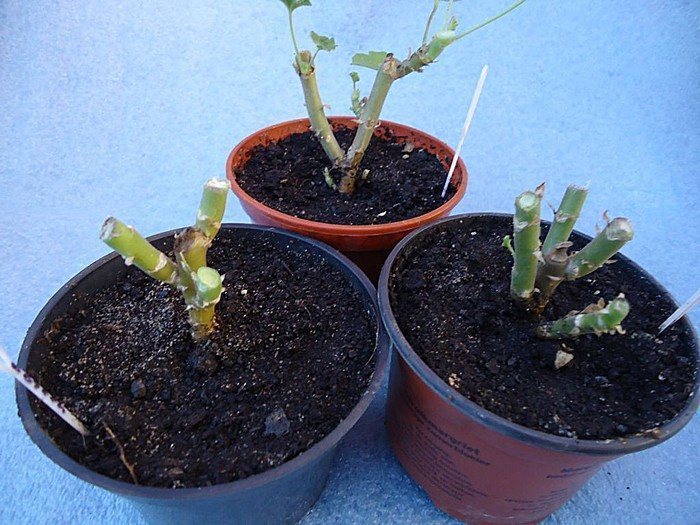
Lack of correction in care
After pruning, geraniums need some care adjustments. The first step is to ensure that infection does not penetrate into the cut wounds. The cut stems are powdered with crushed activated carbon or cinnamon powder.
It is not possible to return the plant to a sunny windowsill right away. Geraniums are placed in a cool, slightly shaded place for 3-4 days.After a week, the flower will need to be fed with nitrogen-containing fertilizer for the growth of green mass. Watering is increased gradually, taking into account the size of the plant.

You should not be afraid of such a procedure as pruning when caring for geraniums. If everything is done according to the rules, the plant will only benefit from it. In spring, both old and young geraniums are pruned. For a crop, such an agrotechnical technique is mandatory. In late autumn, the plant is pruned again to reduce the load on the roots during wintering.


